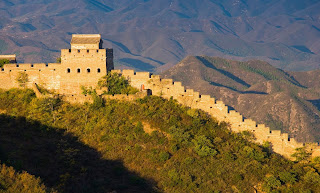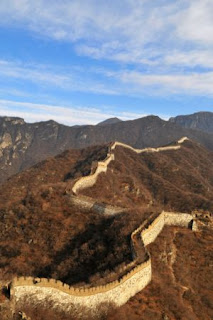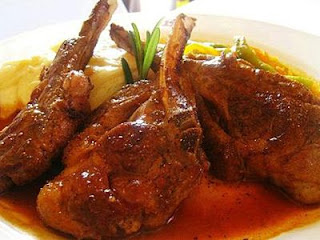Felt like I'm on TOP of The World. The vast ever-going Great Wall makes one wonders how they built it in those days.
I was on a small group tour and we went to Jinshanling which is the 3rd furthest from Beijing. It is well worth the drive.
Scenery is spectacular, and there were hardly any other people. At one point, I had The Wall to myself, in that I couldn't hear or see anyone else. It is really incredible!
There is some small hassle from postcard vendors. Bring water and a snack; you'll need the energy. Some is sold at the towers along the way.
There are old sections and restored parts. Go left. Some of the climbing is challenging as the walls (and stairs) run up and down steep slopes into the distance, which makes for amazing photos!
Allow at least three hours for walking. Take a moment to just relax and enjoy the countryside. Nice cable car ride too. Lucky for us, the weather was sunny and made for a perfect day.
Jinshanling Great Wall Hiking brings you to adventure the most famous and important parts of the Wall. Practice your hiking skills and make sure to always be careful in your every step. Capture different scenes which can never be seen in another section of the Wall, only in Jinshanling. Great Wall in Jinshanling is also offers relatively peaceful atmosphere, less crowded and real nature. You only can meet some hikers when you come to the section. At the end of the hiking tour, take you to the Chinese restaurant to have lunch. After lunch, transfer you back to the downtown hotel in Beijing.
Jinshanling Great Wall: Best for hiking, remains its original structures of Ming Dynasty Great Wall.
OK Jinshanling Great Wall id a real good place for you .when you are in Beijing and want to have a meanful holiday,No matter plan a Great Wall Hiking or Jinshanling Great Wall tour ! Great Wall of china tours choose Jinshanling !
BeijingLandscapes





























